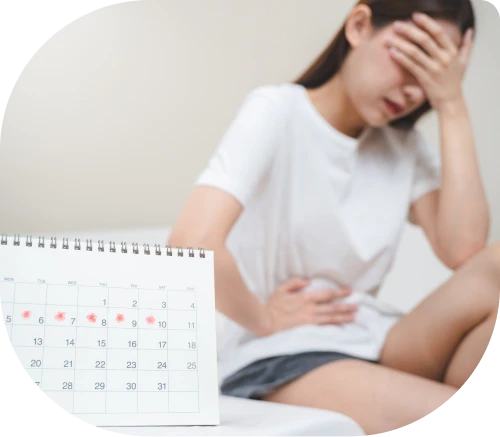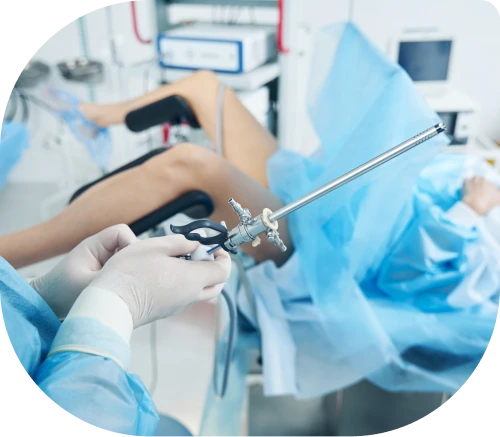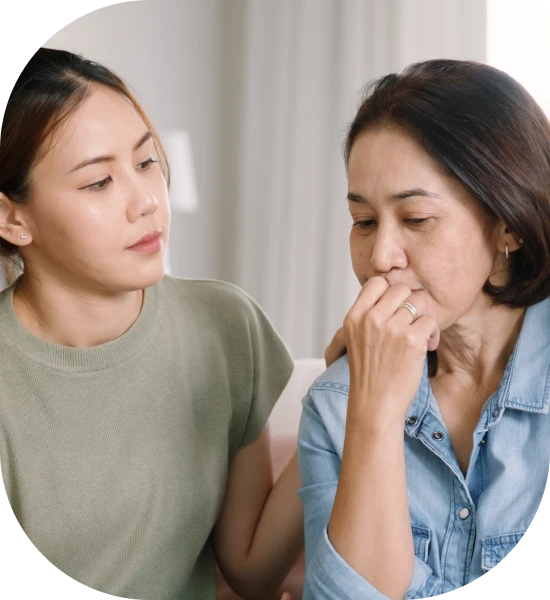

Depending on their size and location, uterine fibroids can cause:
Some fibroids do not cause symptoms and are only discovered during a gynaecology check.
A pelvic exam can pick up large fibroids. Tests commonly performed to detect fibroids include:


Fibroids that are small and do not cause symptoms can usually be observed. Uterine Fibroids that cause the above mentioned symptoms may require treatment. Submucous fibroids are less likely to respond to medical treatment due to its location. Women who cannot take or have failed medical treatment usually require surgery.
Medical treatment include:
Surgical (invasive) treatment include:





Aster Gynaecology © | All Rights Reserved.